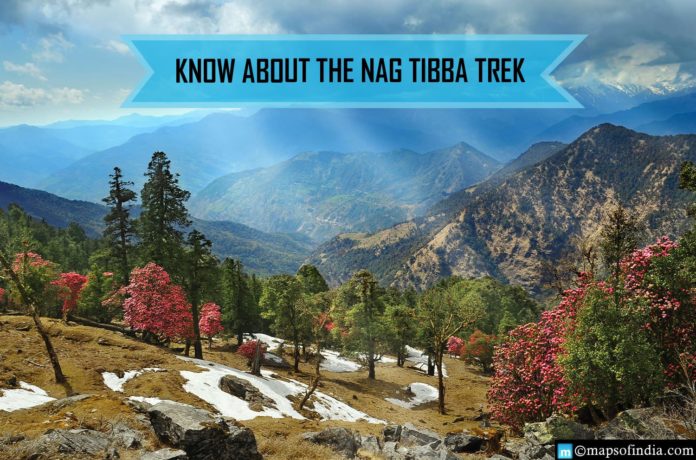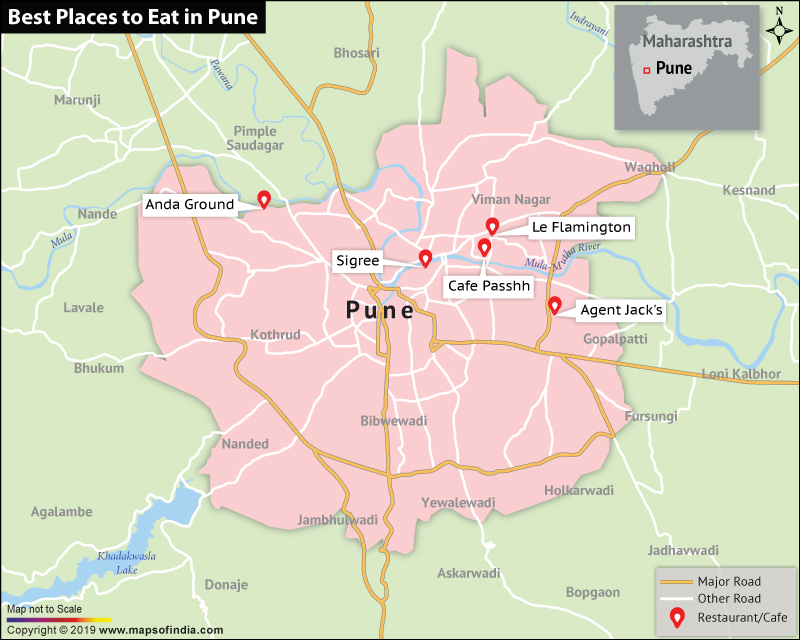Mountain ranges are the most popular destination for those seeking to escape the stresses of everyday life and seek peace in the beauty of nature. To obtain such calm, Nag Tibba shows an exciting and ideal weekend trekking location. This trek’s initial name is “Nagg”, which signifies “snake,” and its second name is “Tibba”, which means “hill or peak” in the native Garhwali language.
According to an ancient mythological story, Nag Tibba is ‘Naag Devta’ sacred home. The people frequently gather here to worship for the protection of their cows. Because the Nagg Tibba trip has 9,915 feet, it is among the most attractive treks around Dehradun. This journey, also known as Serpent’s Trek, is exceptional in that it can be completed throughout the winter season, while most other treks usually are closed because of severe snowfall.
This trek starts from Dehradun or Mussoorie if you want to experience the refreshing vistas of “the Queen of Hills” as well. Then, from Nag Tibba, travellers can see Kedarnath, Bandarpoonch, Kala Naag, Chanabang, and Swargarohini, all magnificent snowy peaks of the Garhwal Himalayas.
This journey has an awe-inspiring track in that you go up one side of the hill and down the other, and in between, you get to see a range of sceneries like going through deep forests, along grassland and lakes, and ridge treks. It is one of the most fabulous weekend treks because it is the closest hike to Delhi and Dehradun. This trip is well-known for its spellbinding sunsets.
Nag Tibba in Winter
The ideal season to travel to Nag Tibba is from October to March, out of the entire year. The temperature at Nag Tibba will fall at night, so be extra careful. Together with the gorgeous snowfall, the calm that this valley provides is well worth the price. Even if winters are freezing and temperatures plummet to dangerously low levels, the isolation and peace provided by Nag Tibba are well worth the effort. It becomes necessary to carry heavy woollen garments.
In the winter, Nag Tibba Trek offers a clear sky and breathtaking views of the Kedarnath, Bandarpoonch, Kala Naag, Chanabang, and Swargarohini peaks. In addition, the aroma of Evergreens will give you companionship while camping at the edge of the forest. Bring your most comfortable and warm garments if you choose the Nag Tibba Trek in the winter.
From October to March, the winter season is usually the adequate time to visit Nag Tibba since you may witness the most breathtaking snowfall. However, during the winter months of November to February, Nag Tibba can drop to -6 degrees Celsius and reach a high of 8 degrees Celsius.
The Nag Tibba Trek route includes several stops, including Pantwari Village and the famed “Goat Village”, situated at the height of 6500ft and serves as half of the popular Nag Tibba trek route. Goat Village is among the quietest overnight destinations since it is surrounded by steep mountains on all sides, earning it the nickname “interesting eco-tourism resort.”





